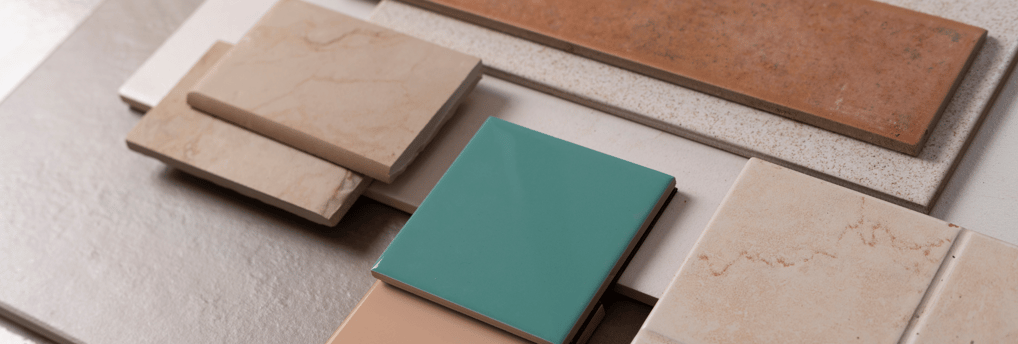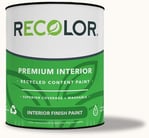10 Sustainable Home Renovation Ideas


Home renovations offer a chance to enhance your living space, but have you considered their environmental impact? Traditional renovations often generate a lot of waste and rely on materials that harm the planet. By choosing sustainable alternatives, you can create a healthier, more energy-efficient home while reducing your carbon footprint. Plus, many green upgrades can save you money in the long run by lowering energy and water bills.
Old, drafty windows and doors are a major source of energy loss. Upgrading to energy-efficient models with double or triple glazing can help maintain indoor temperatures, reducing the need for heating and cooling. Look for products with ENERGY STAR ratings to ensure maximum efficiency.
Why Choose Sustainable Home Renovations?
Lighting accounts for a significant portion of home energy use. Swapping out incandescent bulbs for LED lighting is a simple yet effective way to cut down on electricity consumption. LEDs last longer, use less power, and produce less heat, making them a win-win for sustainability and savings.
10 Sustainable Home Renovation Ideas
10 Sustainable Home Renovation Ideas
Subscribe to our newsletter
1. Use Energy-Efficient Windows and Doors
2. Upgrade to LED Lighting
3. Install Solar Panels for Renewable Energy
If you’re serious about going green, solar panels are one of the best investments you can make. They allow you to generate your own clean energy, reducing reliance on fossil fuels. While the initial cost can be high, government incentives and long-term savings make solar panels a smart choice for eco-conscious homeowners.
4. Choose Sustainable Flooring Materials
Traditional flooring materials like vinyl and carpet can contain harmful chemicals and are difficult to recycle. Instead, opt for sustainable options such as bamboo, cork, reclaimed wood, or recycled tile. These materials not only look beautiful but also have a lower environmental impact.
5. Invest in a Smart Thermostat
Heating and cooling systems are among the biggest energy consumers in any home. A smart thermostat helps optimise energy use by learning your habits and adjusting temperatures accordingly. Many models allow remote control via smartphone apps, ensuring you never waste energy when you’re not home.
6. Opt for Low-VOC Paints and Finishes
Many conventional paints and finishes release volatile organic compounds (VOCs), which contribute to indoor air pollution and health problems. Low-VOC or zero-VOC paints are a much safer alternative, reducing harmful emissions while still offering vibrant, long-lasting colour.
7. Use Recycled or Reclaimed Materials
Why buy new when you can repurpose existing materials? Reclaimed wood, recycled metal, and salvaged bricks add character to your home while reducing the demand for new resources. Even countertops made from recycled glass or composite materials can be stylish and sustainable.
8. Improve Insulation for Better Energy Efficiency
A well-insulated home requires less heating in the winter and less cooling in the summer. Upgrading insulation in your walls, attic, and floors can significantly reduce energy loss. Consider eco-friendly options like sheep’s wool, recycled denim, or cellulose insulation for an even greener approach.
9. Collect and Reuse Rainwater
Water conservation is just as important as energy efficiency. Installing a rainwater collection system allows you to reuse rainwater for irrigation, flushing toilets, or even washing clothes. This simple addition can reduce your household’s reliance on municipal water supplies and lower your utility bills.
10. Design a Green Roof or Living Wall
A green roof or living wall not only adds natural beauty to your home but also improves insulation, reduces air pollution, and helps manage rainwater runoff. These features create a cooler environment, improve air quality, and support biodiversity by attracting pollinators and birds.
Setting a Budget for Green Upgrades
How to Get Started with Sustainable Renovations
Sustainable renovations don’t have to break the bank. Start with smaller, budget-friendly changes like LED lighting, insulation upgrades, and low-VOC paint. If you’re planning bigger investments like solar panels, look into financing options or government incentives to offset costs.
Finding Eco-Friendly Contractors
Not all contractors prioritise sustainability, so it’s important to find professionals who specialise in green building. Look for certifications like LEED accreditation or contractors with experience in eco-friendly renovations. Reading reviews and asking for past project examples can also help you choose the right team.
Prioritising Renovations for Maximum Impact
If you’re unsure where to start, focus on changes that offer the biggest benefits in energy efficiency and sustainability. Windows, insulation, and HVAC upgrades often provide the most immediate savings, while features like solar panels and water-saving systems offer long-term rewards.
Sustainable home renovations are more than just a trend—they're a smart way to reduce your environmental impact, lower utility bills, and create a healthier living space. Whether you’re making small upgrades like switching to LED bulbs or investing in major changes like solar panels, every step toward sustainability makes a difference. By prioritising eco-friendly materials, improving energy efficiency, and choosing responsible contractors, you can create a home that benefits both you and the planet.


Let's Connect
Sign up to the newsletter
© 2025. All rights reserved.










